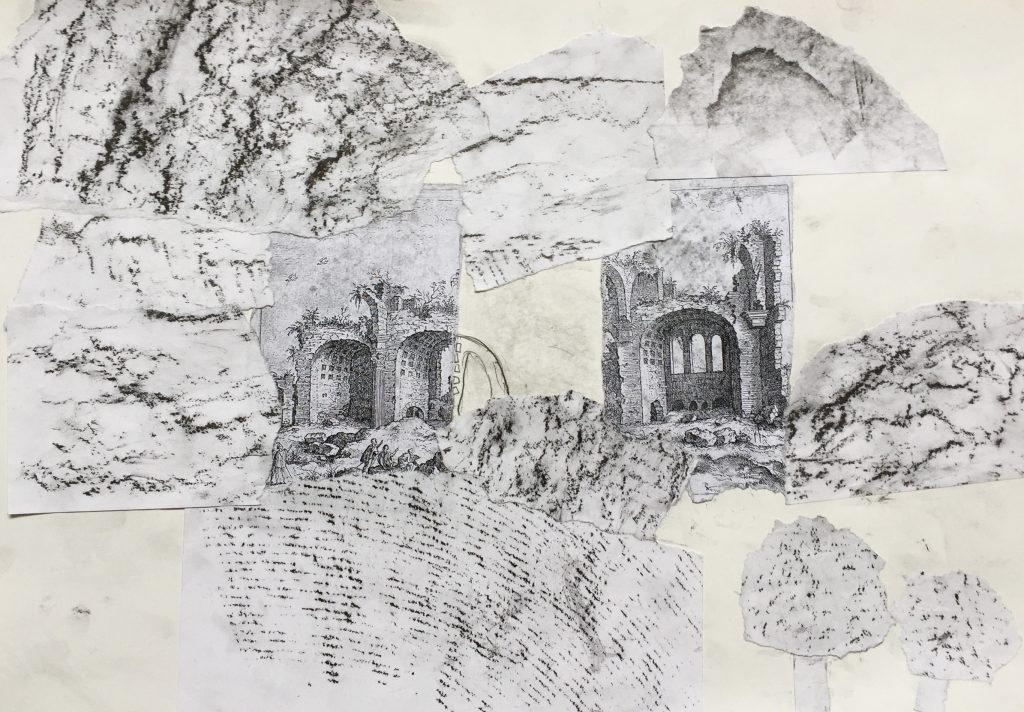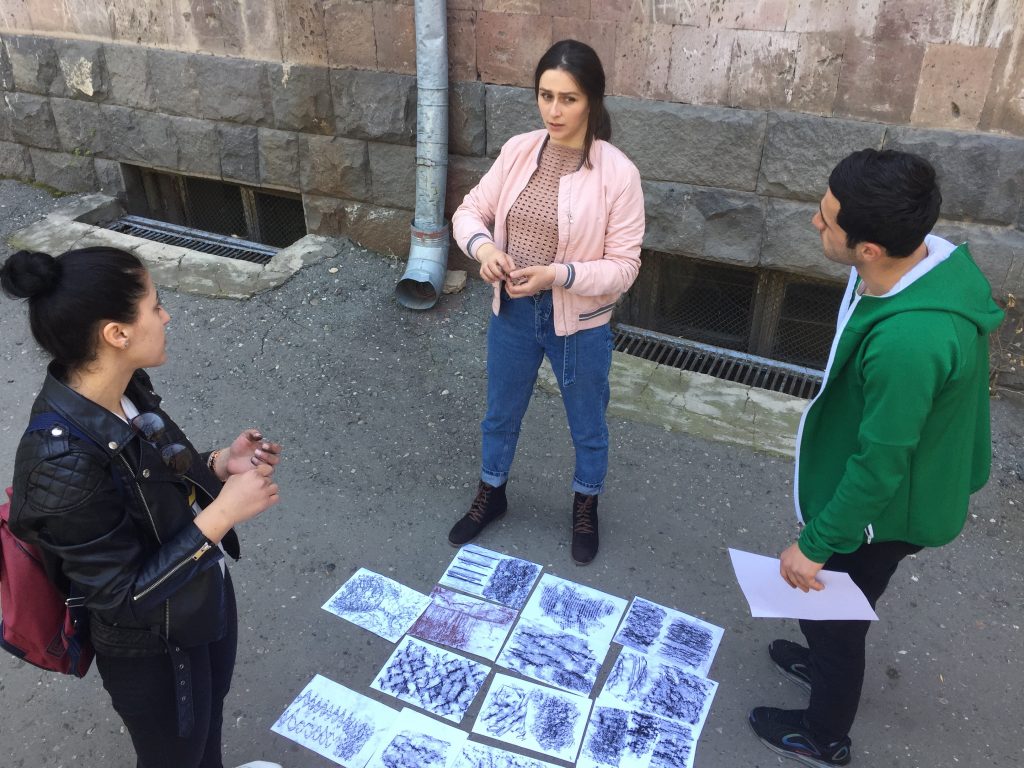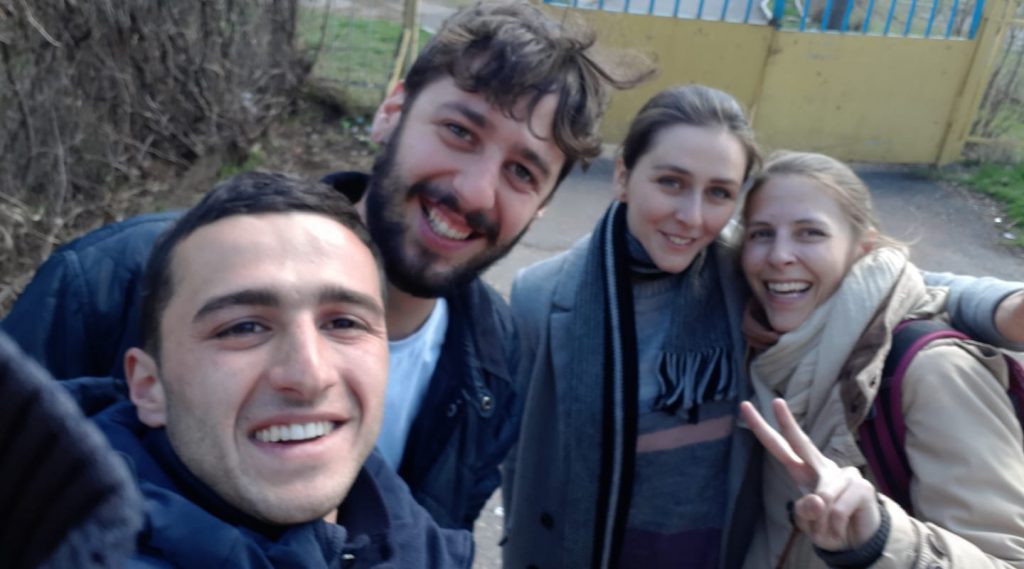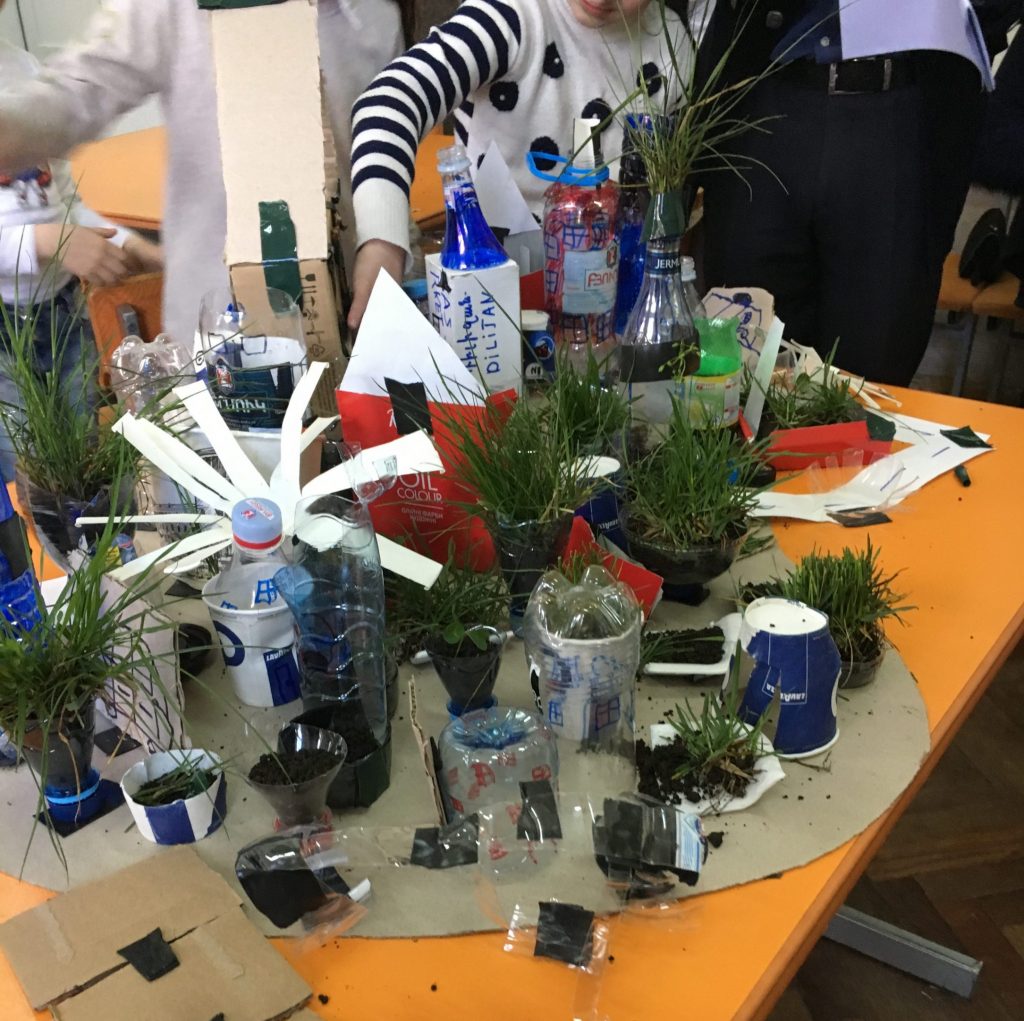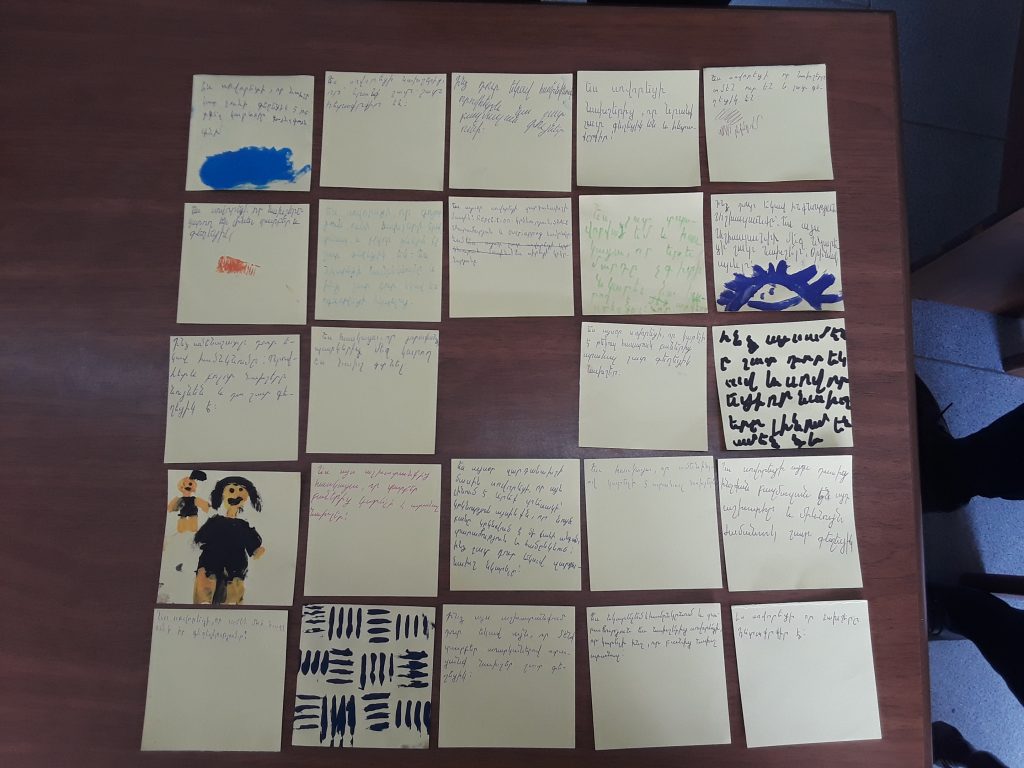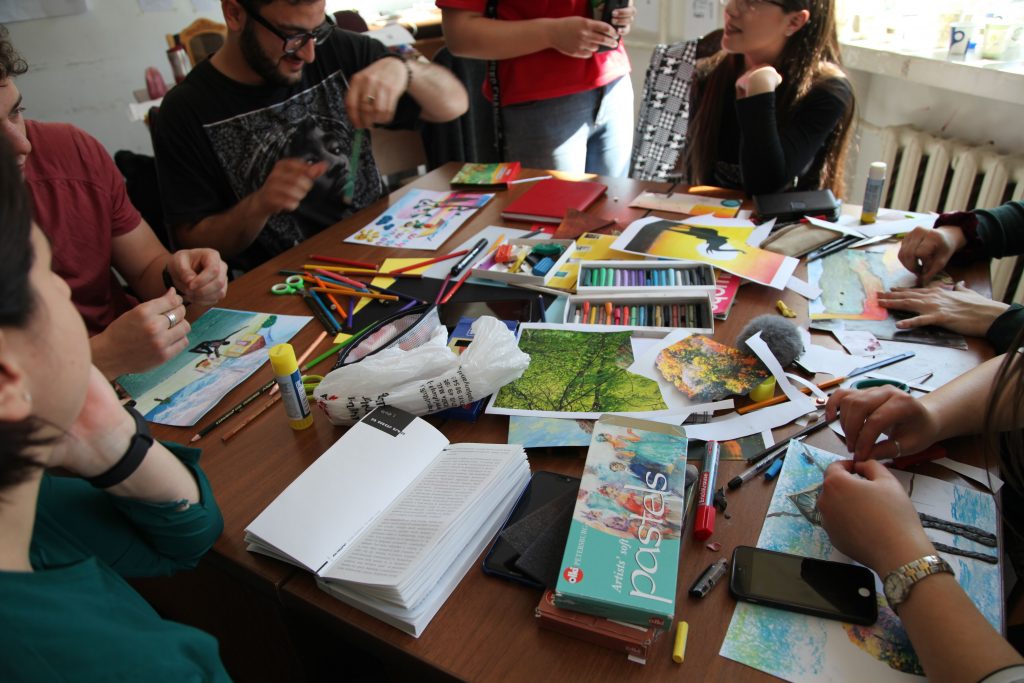Today, it has been exactly one week since we said goodbye to each other after this intense and precious time we spent together. It’s a good moment to look back and think about the most important things we learned in terms of teaching.
The importance of key moments
We learned, that especially in the announcing and explaining part of the exercise it is extremely necessary to catch the full attention of the pupils. While having this attention, it is important to be precise in your words and describe the aim properly. If this „key instructions“ are formulated too vaguely, the clarification work with the individual pupil during the lesson is enormous and also causes a lot of distraction for the ones who aren’t involved in the conversation. Particularly in big classes, where you don’t have the capacity to look after every single pupil, the planing of these key moments are indispensable. We found out, that the key moments impacts on the lesson is so strong, that we could check the quality of the explanations by looking results of the pupils works.
Expressing love and passion for what you’re teaching
This is as simple as it is important. Commitment for what you are doing is essential and the people you are working with (pupils in our case) will react on it. So we would argue that love and passion is a main component of a successful class, just like methodical skills and knowledge about a topic.
Group teaching
Group teaching makes it possible to unite the passion for a subject an provide a high level of attention and support towards a class. Although, it’s a challenge to teach in a group, especially during class itself. Now and then, pupils ask questions, that you are not prepared to answer or didn’t discuss the issue in the group beforehand. The risk of contradicting each other is here which could lead to confusion in the class. Also, there is a language barrier, so we don’t always know, what our colleagues are talking to the pupils. Therefore it is very important to discuss the aim of the exercise very clearly as a preparation for a lesson. If the aim is clear, everybody is able to check their answer according to this aim, which will provide an accordance. Besides that, we experienced the importance of defining and announcing the role of every single participant in the classroom. It is not only helpful for the pupils to focus, but also for the teachers to know their task. Knowing the task makes it possible to give and take each other space in the right moment.
In the end it was a very enriching experience for all of us. We mastered different teaching situations together and supplemented each others knowledge. We gained insights into various approaches of teaching and found our own way by combining a technical access and the ability to express individual interests. It was instructive to see the results of the pupils work of each lesson to adapt and improve our own way to convey a content and it’s aim.
We are looking forward to the experiences that we will gain in September!
